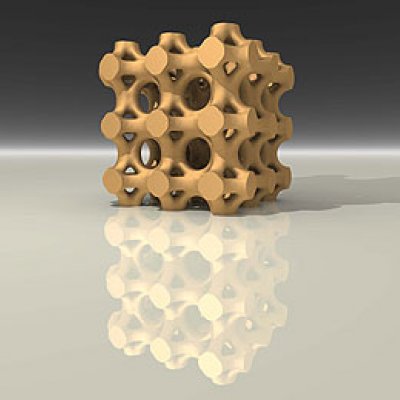A team of mathematicians from The University of Queensland has helped design a prototype for a new generation of bone implants that could potentially reduce surgery and rehabilitation times, as well as provide a solution for patients for whom...
3 February 2011
The University of
Queensland, Australia
Brisbane St Lucia,
QLD 4072
Other Campuses:
UQ Gatton, UQ Herston
© 2024 The University of Queensland
A Member of
Privacy & Terms of use | Feedback
Authorised by: Director, Office of Marketing and Communications
ABN: 63 942 912 684
CRICOS
Provider No: 00025B
Quick Links
Social Media
EMERGENCY
Ph. 3365 3333
